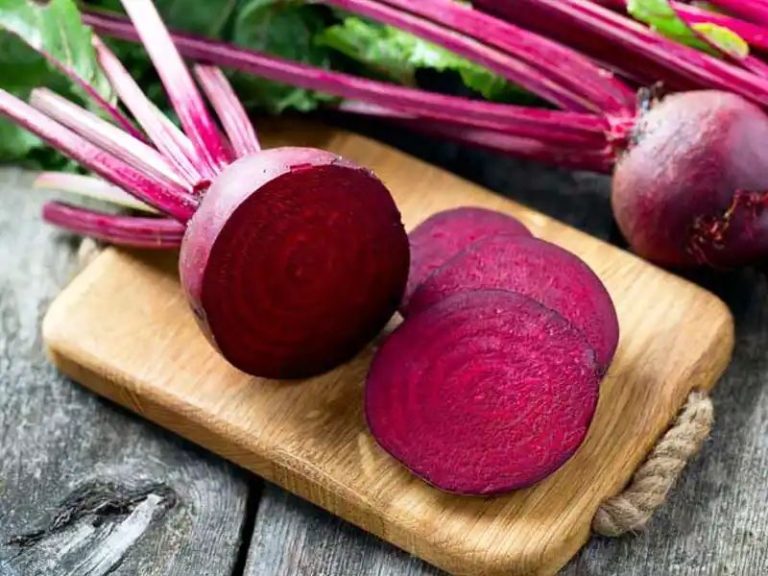A Comprehensive Guide To Cruciferous Vegetables

Whether it is the smoky, meaty flavours of roasted cauliflower or the nourishing comfort provided by bok choy in a spicy tom yum soup, cruciferous vegetables are an important food group within the ecosystem.
Vegetables belonging to a specific plant family called Brassicaceae, these vegetables are characterised by their cross-shaped (cruciferous) flowers, from which they derive their name. Rich in vitamins, minerals, fibre, and phytochemicals, the vegetables belonging to this mustard family have a mellow bitterness, and a peppery-spicy flavour. When roasted or treated with high heat, these vegetables also develop a nuttiness and sweet taste.
This green vegetable is widely cultivated and consumed worldwide due to its high nutritional value and health benefits. Eaten raw as well as cooked, this versatile vegetable is also rich in vitamins and folates that promote health and well-being. Commonly steamed, boiled, stir-fried or roasted, broccoli can be enjoyed as a healthy accompaniment to grilled protein, or in salads, soups, stir-fries or pasta.
One of the reasons that the cauliflower enjoys its popularity is because of its ability to soak up other flavours from ingredients that it is cooked with – making it a great canvas for a wide range of seasonings, sauces, and spices.
Consumed as a staple across many regional Indian preparations, the vegetable has also found its calling as a great carbohydrate replacement for anyone on a diet. From rice to pizza crusts, the vegetable provides a low-calorie alternative to starchy foods as well as a rich flavour profile.





